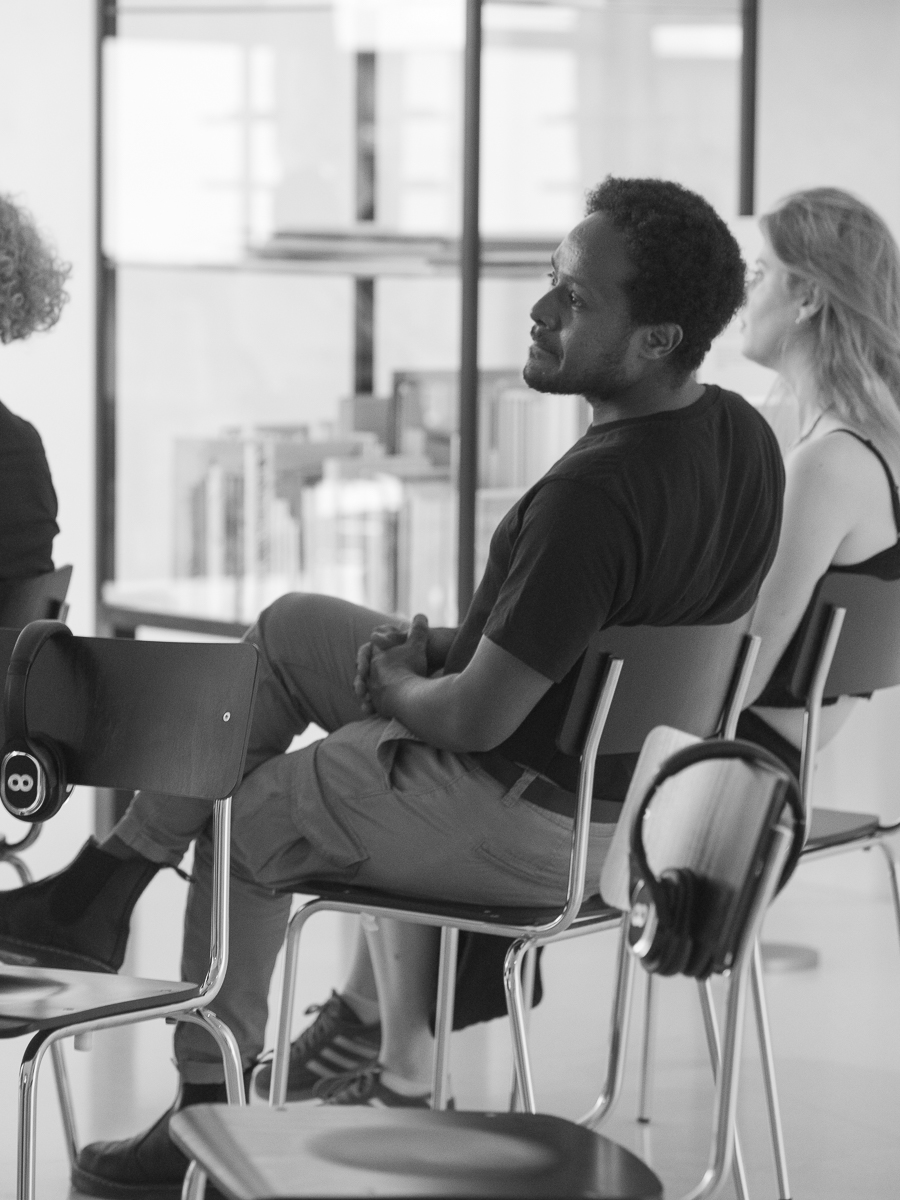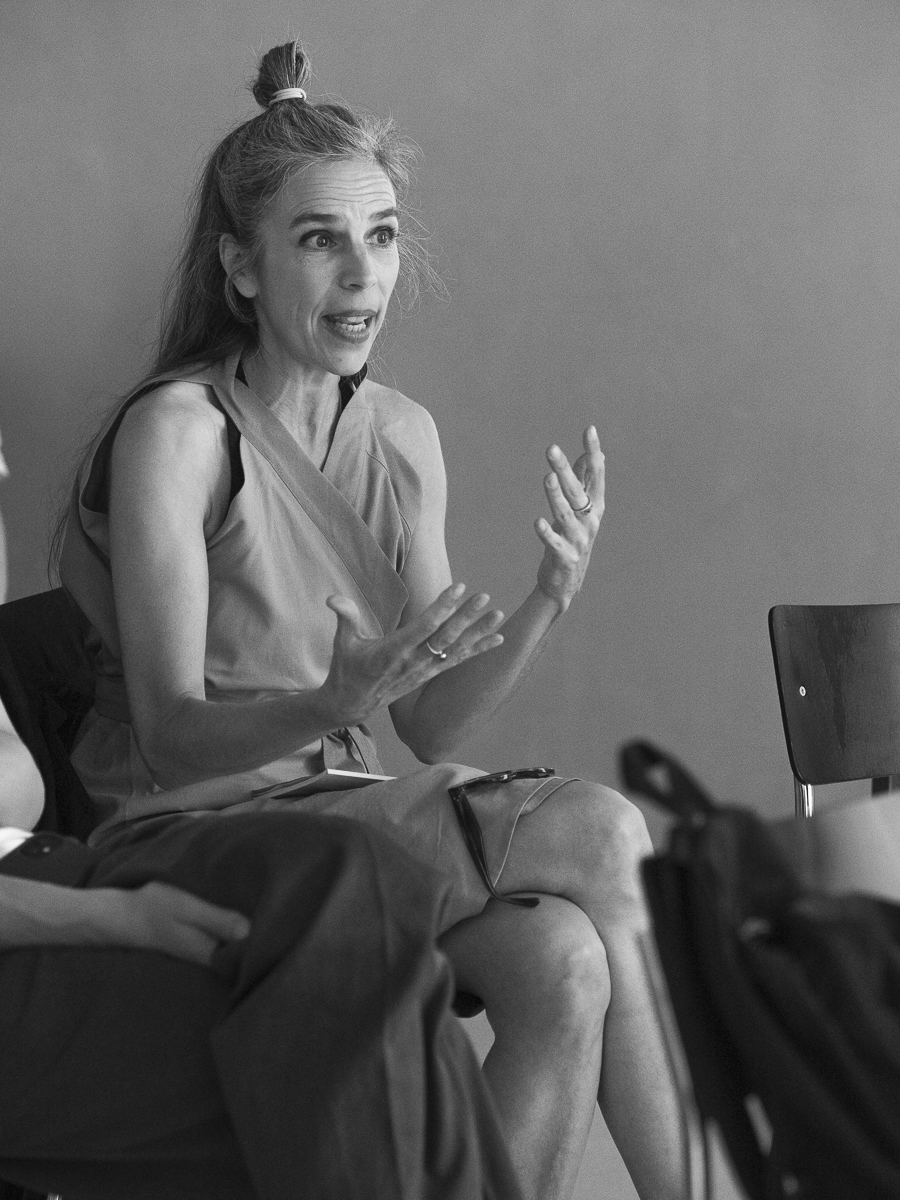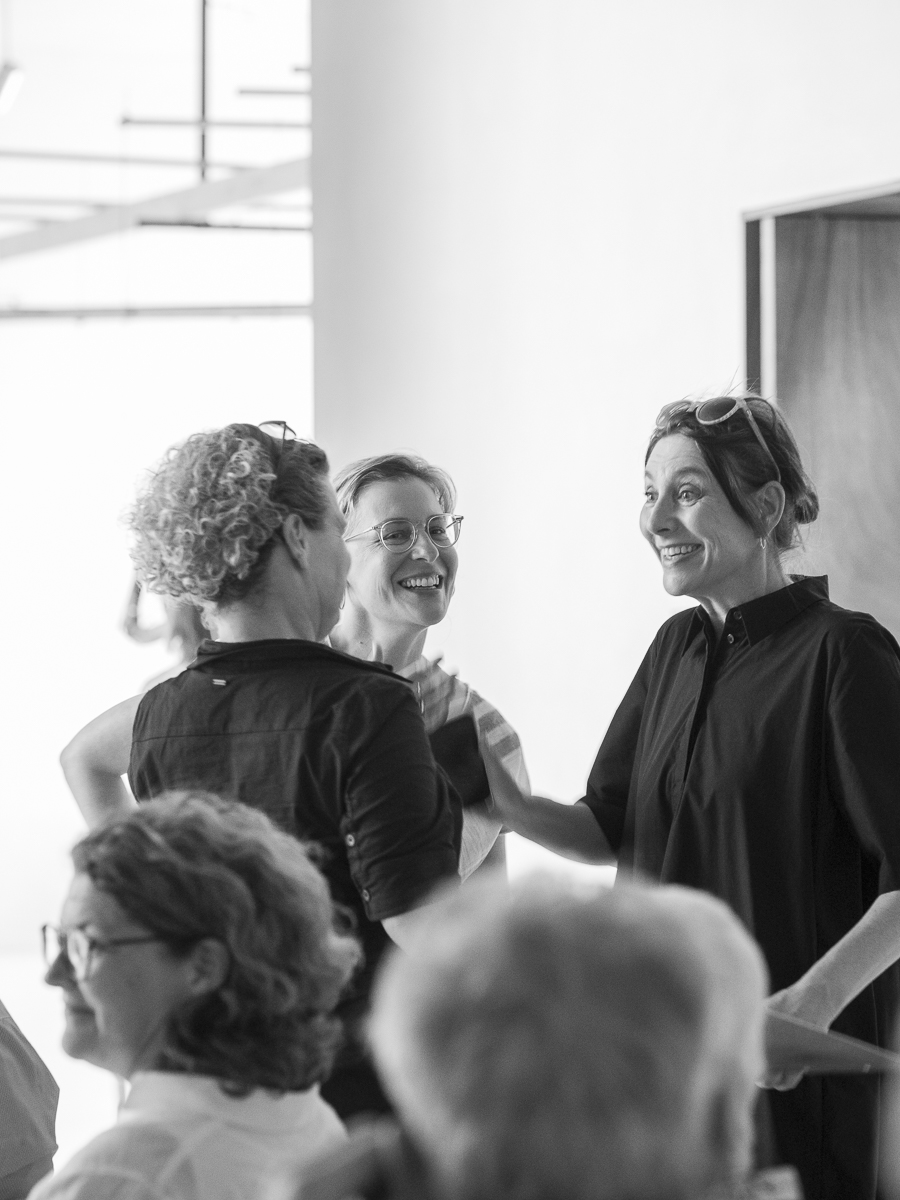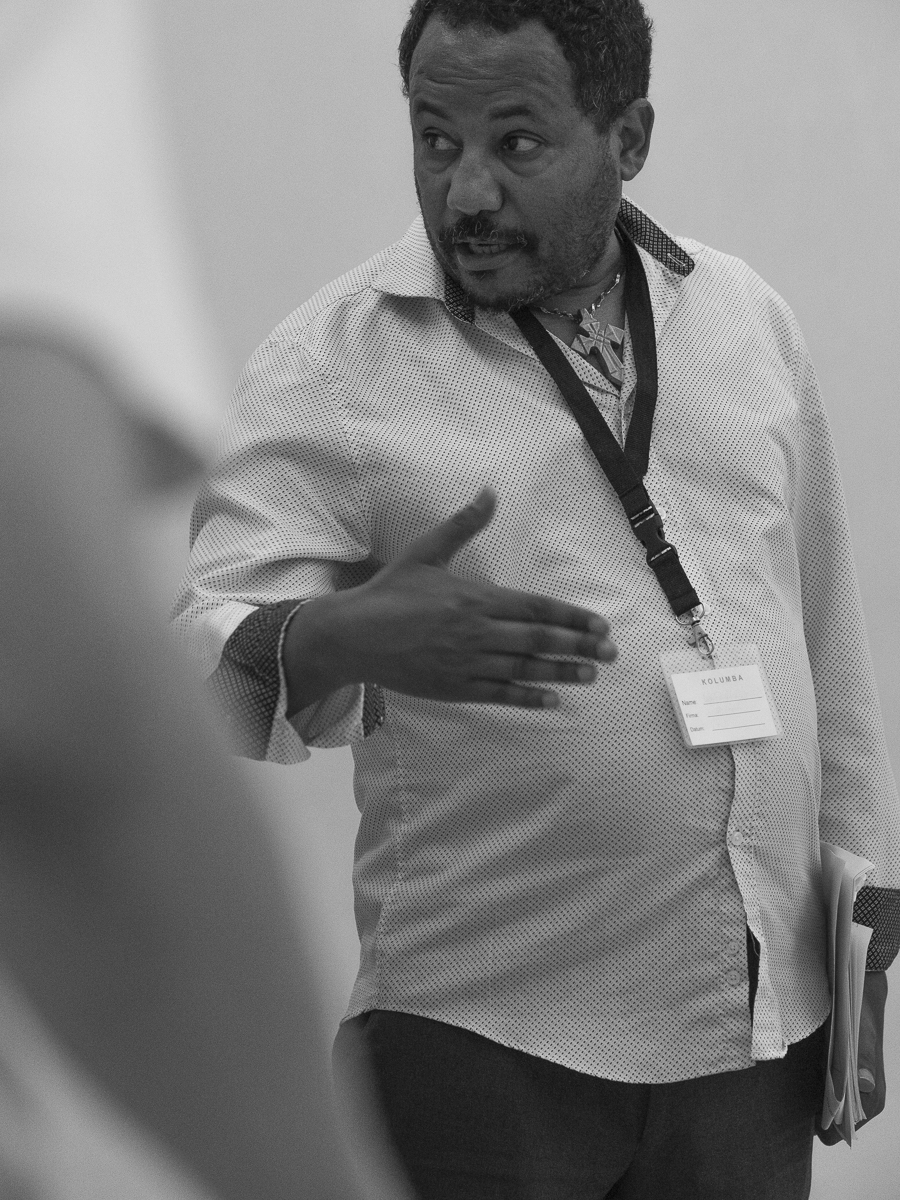Stories from an Ethiopian Pillow
In our current exhibition we are showing 21 headrests or neck supports from Ethiopia. They came into our collection from the Cologne artist Hermann Abrell and the monk Pastor Franz Konrad. It is possible to locate the objects within a regional “cultural mapping” on the basis of formal features. The probable places of origin of the objects inform the exhibition display. Although this was developed using scientific criteria, the works of art and their presentation are not self-explanatory. Who were these persons, who lay down their head every day on such a distinctive artefact? What local premises, what practical considerations or what social status determines the design, the choice of wood, and the privileged usage? The decoding of the individual stories of the headrests is still in its infancy. Can we find the key ourselves or seek to consult a cultural interpreter, someone who relates our own experience to the unfamiliar, who shares knowledge? What exactly is this artwork? Is it a wooden sculpture created according to artistic criteria or a utensil that takes on ever new creative forms? What new interpretation does it undergo through the changes in its surroundings – from being an Ethiopian carving to a museum exhibit? In dialogue with our guest Prof. Dr. Takele Merid Afessa from the Institute of Ethiopian Studies at the University of Addis Abeba, we discuss the interwoven stories that these objects bring with them. We see them also as bearing testimony to transnational networks and (working) relationships, which we attempt to trace and analyse together.
Takele Merid Afessa is Assistant Professor and Director of the Institute of Ethiopian Studies at the University of Addis Abeba. He is responsible for the ethnographic collections there, including the comprehensive holdings of Ethiopian headrests.
Kerstin Volker-Saad, PhD, is an ethnologist. She works in Berlin, Gotha and Bad Muskau and has been conducting research on the collections in Kolumba for many years. One of her main concerns is to make visible and pay tribute to the creative and artistic inventive power of non-European artists, which can be highlighted on the basis of unusual items. She researches the contexts and biographies of objects, in order to enable access to unfamiliar layers of meaning.











